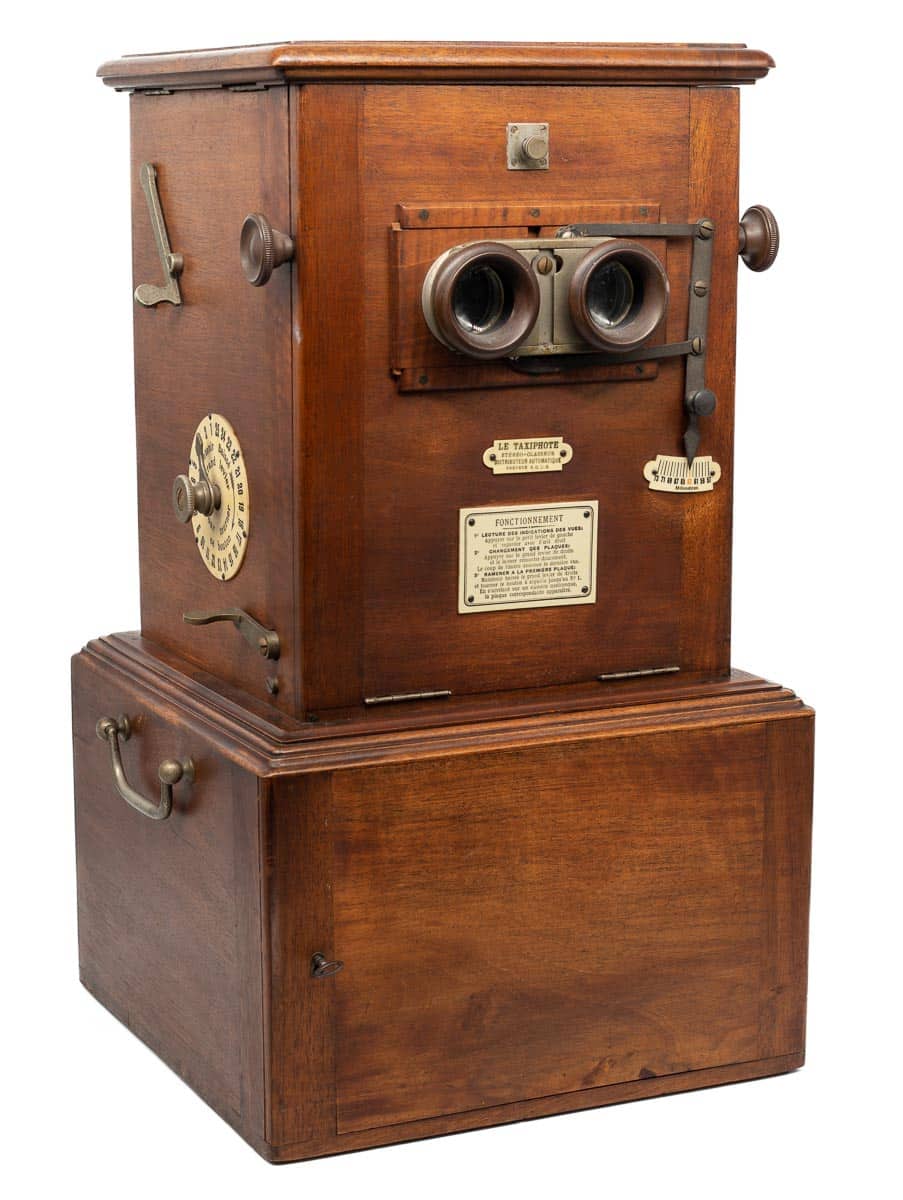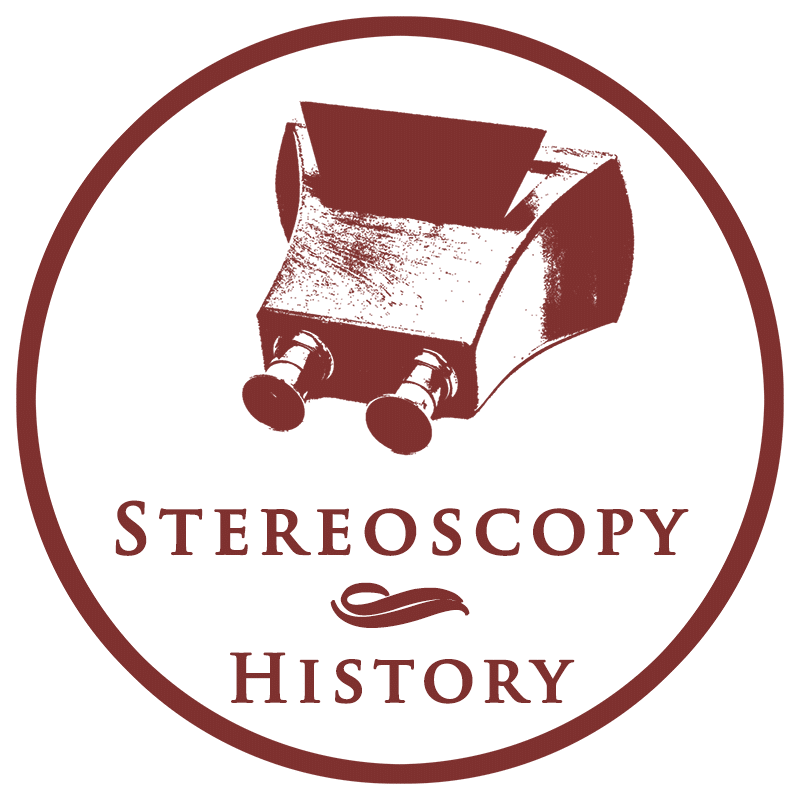A timeline of important events in the history of stereoscopy and photography from 1827 to the end of the “glass stereoview era” in the 1920s.

1827
Joseph Nicéphore Niépce (1765–1833) made the first photographic image.
1832
Charles Wheatstone (1802–1875) invented the stereoscope. He designed a large reflecting stereoscope and a compact open refracting stereoscope.
1838
Wheatstone presented his stereoscopes.
1839
Louis Jacques Mandé Daguerre (1787–1851) introduced the daguerreotype process. It marked the beginning of the photography era.
1840
Henry Fox Talbot (1800–1877) made the first stereo photographs at Wheatstone’s request.
1847
Claude Félix Abel Niépce de Saint-Victor (1805–1870) introduced the albumen negative process.
1848
Frederick (1809–1879) and William (1807–1874) Langenheim made their first glass transparencies for the magic lantern.
1849
David Brewster (1781–1868) introduced a compact closed box lenticular stereoscope.
1850
Louis-Désiré Blanquart-Évrard (1802–1872) introduced the albumen print.
Brewster presented his stereoscope to Louis Jules Duboscq (1817–1886). Duboscq started manufacturing Brewster-type stereoscopes.
1851
Duboscq was introduced to the magic lantern glass slides of the Langenheim brothers at the 1851 Great Exhibition in London. The slides inspired him to create glass stereoviews.
Frederick Scott Archer (1813–1857) introduced the wet plate collodion process. Reproducing images on albumen paper or glass from a collodion negative became decisive for large-scale production and distribution of paper card stereoviews from around 1856.
1852
Duboscq patented a stereoscope with a frosted glass in its base to view glass stereoviews. The first glass stereoviews were made by Claude-Marie Ferrier
(1811–1889) and published by Duboscq.
1853
Adolphe Alexandre Martin (1824–1896) described the tintype or ferrotype process.
Folding stereoscopes or viewing cases were introduced by Antoine François Jean Claudet (1797–1867), William Edward Killburn (1818–1891) and others.
Josiah Latimer Clark (1822–1898) presented a system to make stereo photos with a single lens camera.
1854
Jacques-Athanase-Joseph Clouzard and Charles Soulier (c.1840–c.1876) patented their two-piece glass stereoview design.
James Ambrose Cutting (1814–1867) patented the ambrotype process.
George Swann Nottage (1823–1885) founded the London Stereoscopic Company.
1855
Alexis Gaudin (1816–1894) and Charles Gaudin
(1825–1905) founded Alexis Gaudin et frère.
Claudet patented adjustable stereoscope tubes for people with different eye sights and eye widths.
1856
John Benjamin Dancer (1812–1887) patented the first double-lensed stereo camera.
1857
Alexander Beckers (1815–1905) patented a design for a multi-view revolving stereoscope.
1858
Paul Émile Chappuis (1816–1887) introduced the first tissue stereoviews.
1859
Ferrier père, fils & Soulier was formed.
1864
Charles John Rowsell patented the graphoscope.
1871
Richard Leach Maddox (1816–1902) introduced the gelatin silver process.
1893
Jules Richard (1848–1930) introduced the small
45 x 107 mm stereo glass format and Vérascope camera.
1894
Frederic Eugene Ives (1856–1937) patented the design for the Kromskop, a stereoscope that joined the images of three identical stereoviews through colour filters to a full colour image.
1899
Richard patented a design for the Taxiphote tray-based multi-view stereoscope.
1907
Auguste Lumière (1862–1954) and Louis Lumière (1864–1948) introduced Autochrome Lumière to the market. It was the first practically applicable colour photography process.
1926
Mattey patented the design for the Métascope. It was one of the last tray-based stereoscopes for glass stereoviews to be introduced.
